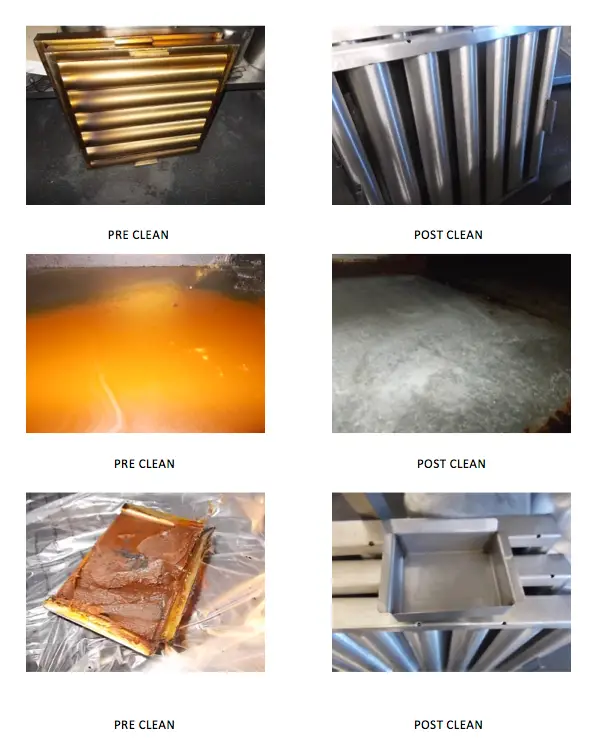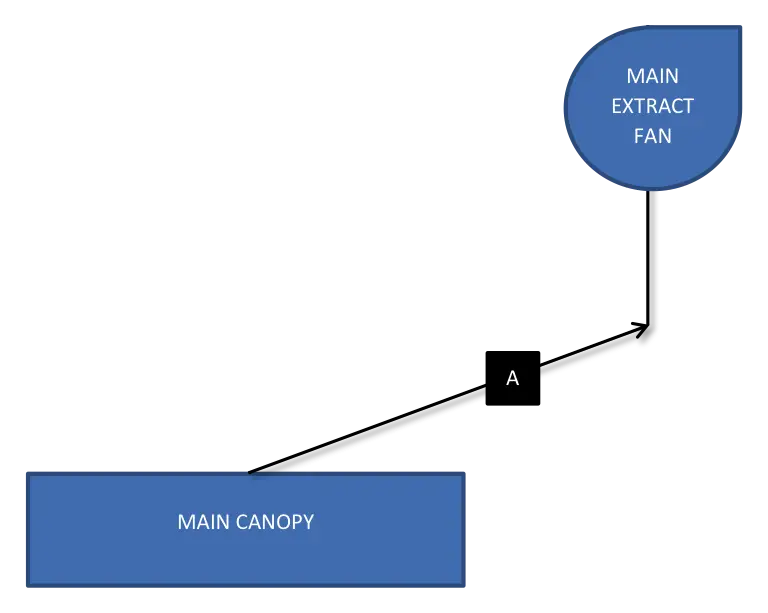A huge thank you to the staff at CleanAir UK who have done the most fantastic job cleaning our kitchen this year. They were prompt, polite, helpful, friendly and amazingly efficient. The kitchen is sparkling and we are thrilled with the results. We will definitely be asking them back next year…
Job Type: Commercial Kitchen Extract Cleaning
Site details: Highly popular eating establishment based in Kent.
Speacial features: System comprises of one canopy hood (2 x 1 x 0.8)m2 with approximately 6-8 metres of extract ductwork and fan unit.
The system operates under extremely high grease load and temperature. Due to the amount of cooking carried out at this site, this system is cleaned on a 3 monthly basis.




